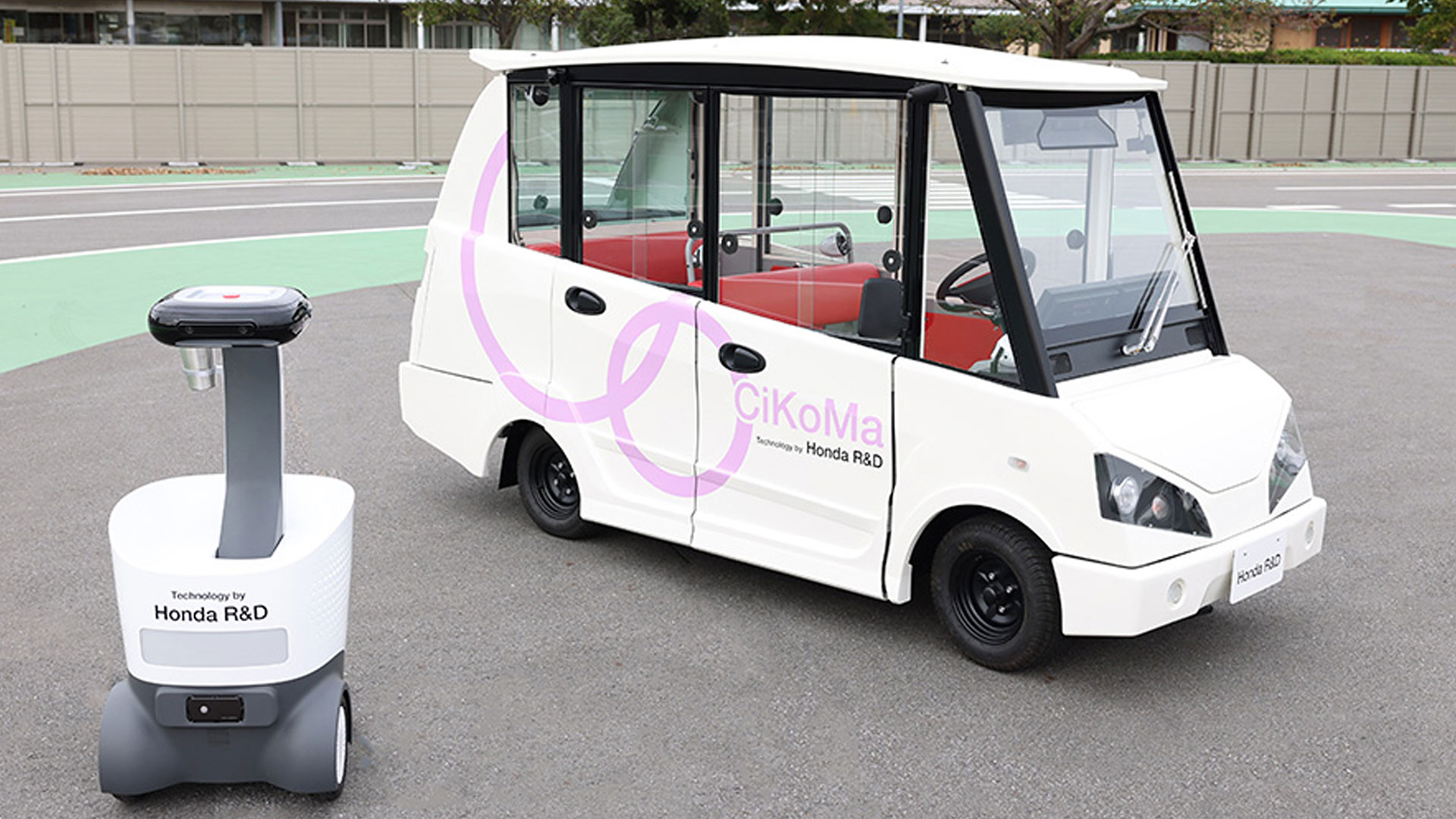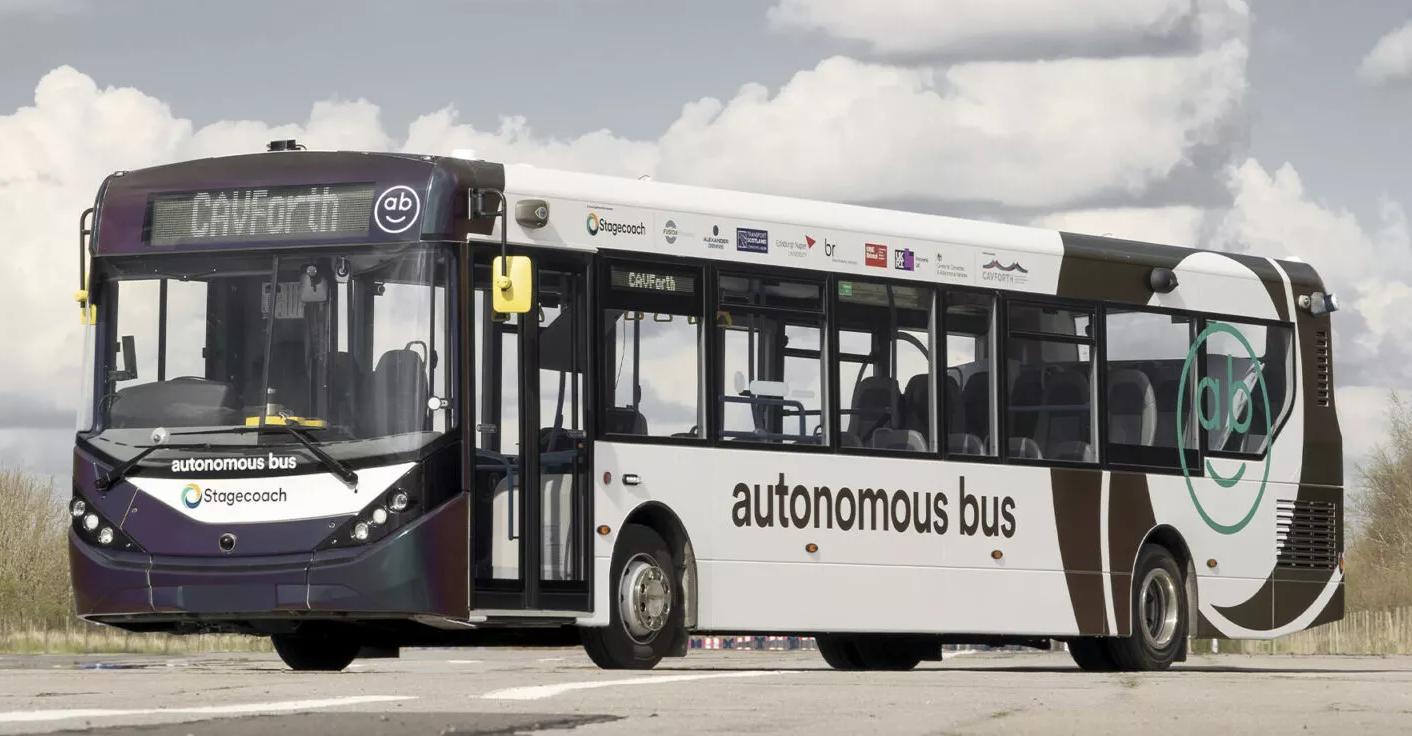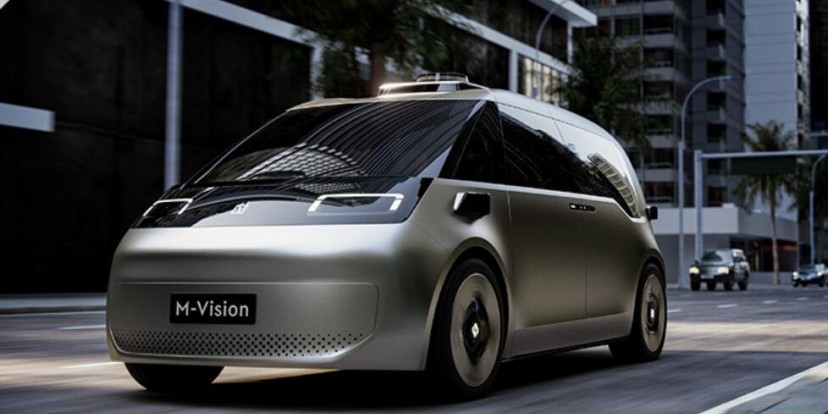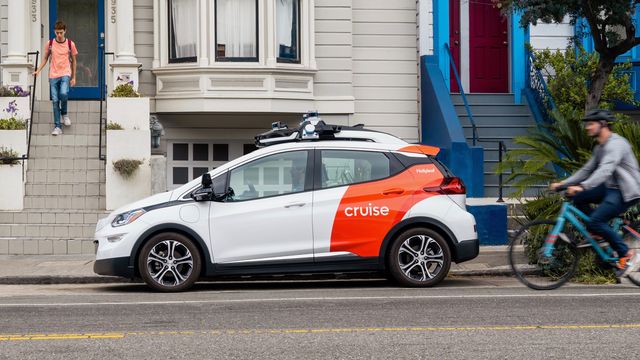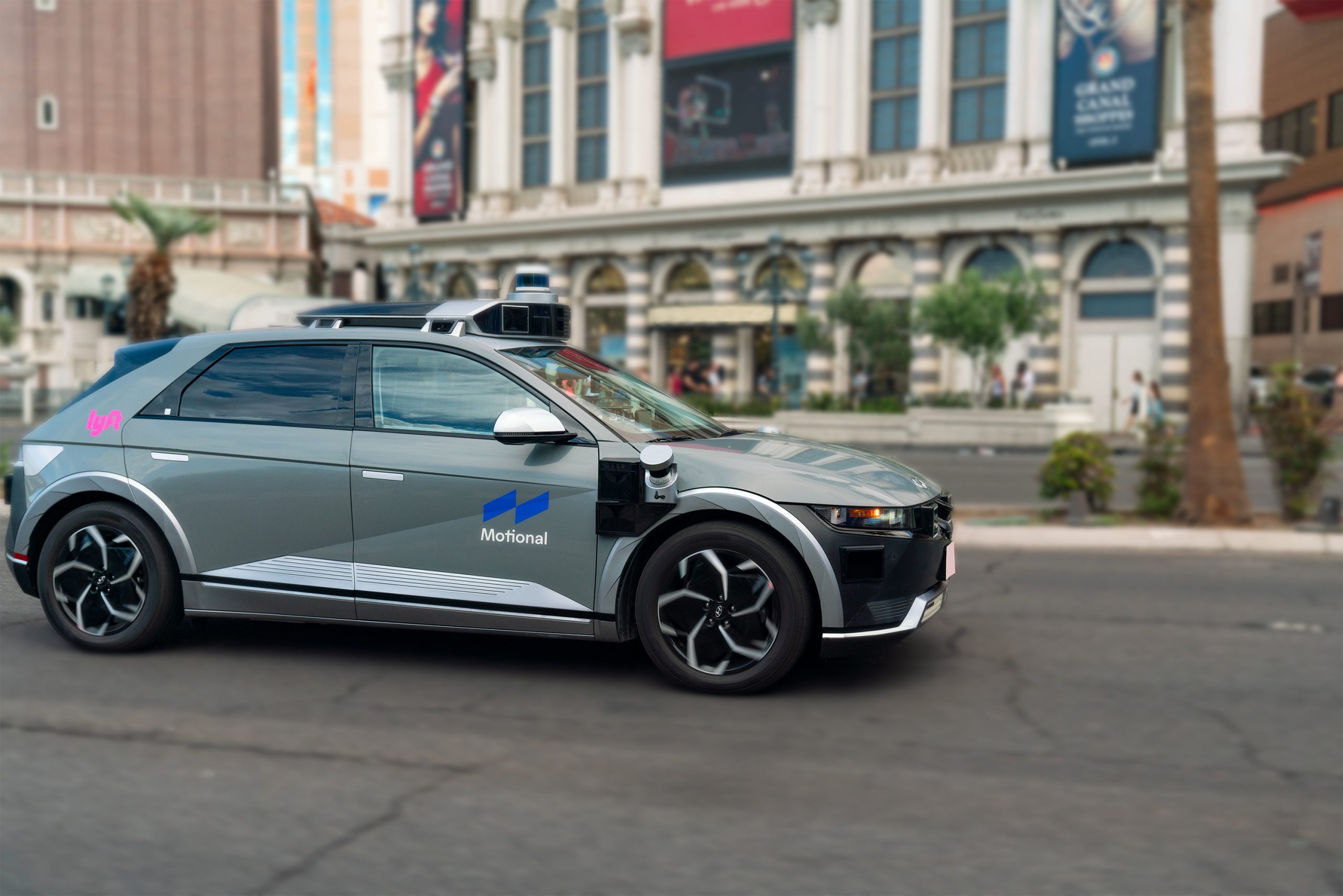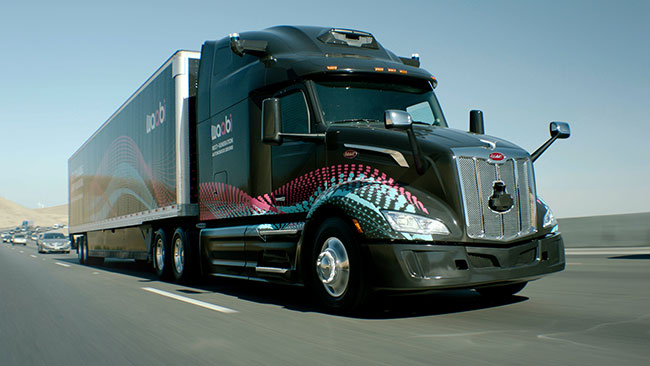Honda has officially announced that it is testing micro electric vehicles that use cooperative intelligence (CI) and artificial intelligence (AI) features. Later this vehicle is intended to accompany human life and the needs of machines. Currently, the testing process has begun at two locations, namely the Mitsukaido Asunara No Sato campsite and will continue next year in the Agri-Science Valley, which is the northernmost plain in Japan.
The manufacturer demonstrated a vehicle that had used the CI micro-mobility technology. There are two micro-mobility devices consisting of CiKoMa which has the form of a vehicle, while WaPOCHI is designed as a robot to accompany its owner. Actually, this is not Honda’s first project, because in 2011 the manufacturer also developed the Micro EV Commuter and the following year the Micro Commuter Prototype EV was born.
After a few years, Honda is getting serious about working on the CI micro-mobility technology and aims to apply the technology by 2030 to the world’s consumers. Honda thinks that there is a shift in habits after everyone goes through a pandemic. Most people today experience an increasing need for higher mobility. Therefore, Honda has established two core technologies, namely cooperative driving without a map and communication technology with an understanding of the user.
Mapless cooperative driving technology is aimed at micromobility that can drive itself by recognizing its surroundings without having to use an online map. Meanwhile, the second technology is intended so that machines can communicate like humans with dialogue and gestures. It seems that we have entered into an all-sophisticated future.
Later, the technology from CI micro mobility will detect the structure of the road in real-time starting from intersections, bends to the movements of other road users. All of these objects will be detected through the onboard camera which is then understood quickly by the machine including the movements of pedestrians and other objects which then make the vehicle automatically determine a safe path.
In addition, the technological capabilities will also be extended to areas that can be traversed without road markings or road barriers such as sidewalks and the like. The camera will instantly map the condition of the road in front of it and then perform instant analysis so that the vehicle can continue to drive without obstacles.
The technology also has cooperative action capabilities that allow the driving style to remain smooth and optimal by calculating the distance traveled, time and route passed. Honda will make this vehicle as if driven by a human taken in driving a car. .
Currently the demonstration test uses a CiKoMA unit with a four-passenger configuration and will test the mobility capabilities without a map. In the initial process, the vehicle will still be accompanied by humans until later the technology can drive autonomously in a cooperative manner.
The CiKoMa test was also accompanied by the WaPOCHI test, which is a robot with multiple cameras that produces a 360-degree view and is supported by AI technology. Later WaPOCHI will be aimed at helping human activities such as shopping and other activities. Therefore, this testing session, WaPOCHI will follow the sales staff in the Agri-Science Valley area and help with what is needed.
Honda also claims that WaPOCHI can detect its owner in real-time, even if it gets lost in the middle of the road it will automatically remember the owner’s characteristics and search according to the image captured on its camera.

